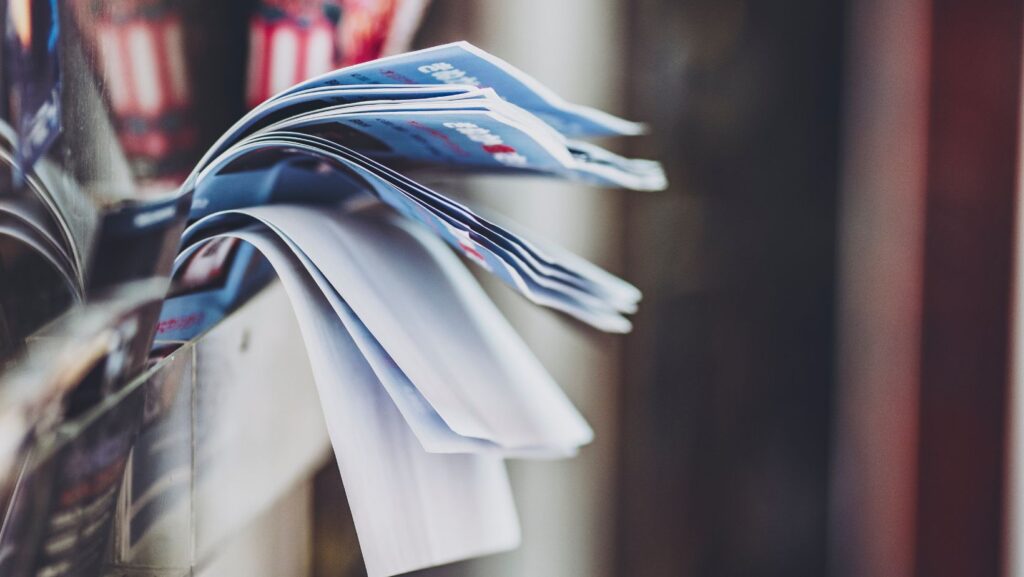In the digital age, the humble flyer might seem like an anachronism. Yet, its tactile nature and focused message still hold significant power. Whether promoting a local event, announcing a sale, or simply spreading awareness, a well-designed flyer can be a potent tool. However, crafting a visually appealing and effective flyer from scratch can be daunting, especially for those lacking design expertise. This is where the value of creating printable flyer templates becomes apparent.
These templates offer a bridge between professional design and accessibility. They provide a structured framework, allowing users to focus on content and customization rather than wrestling with layout and design principles. The benefits are manifold. Firstly, they save time and resources. Instead of hiring a graphic designer or spending hours learning complex design software, users can simply select a template and adapt it to their needs.
Secondly, templates ensure consistency and professionalism. They often incorporate established design principles, such as balanced layouts, harmonious color palettes, and legible typography. This results in flyers that look polished and credible, enhancing the overall impression of the message.

Moreover, templates offer a wide range of stylistic options. From minimalist designs to vibrant, image-heavy layouts, there’s a template to suit virtually any purpose and aesthetic. This versatility empowers users to create flyers that resonate with their target audience and reflect their brand identity.
However, simply selecting a template is not enough. To create a truly effective flyer, it’s crucial to consider a few key elements. Firstly, the message should be clear and concise. Flyers are often viewed quickly, so it’s essential to convey the core message in a few impactful words.
Secondly, visuals play a crucial role. High-quality images and graphics can capture attention and enhance the message. Avoid blurry or pixelated images, and choose visuals that are relevant and engaging.
Thirdly, typography should be legible and appropriate. Select fonts that are easy to read from a distance and that complement the overall design. Avoid using too many different fonts, as this can create a cluttered and confusing look.

Finally, include a clear call to action. Tell the reader what you want them to do, whether it’s visiting a website, attending an event, or making a purchase. A strong call to action can significantly increase the effectiveness of the flyer.
By leveraging the convenience of printable flyer templates and adhering to these design principles, anyone can create flyers that capture attention, convey their message effectively, and ultimately, drive results. The power of a well-crafted flyer, enhanced by the accessibility of templates, remains a valuable asset in today’s marketing landscape.

